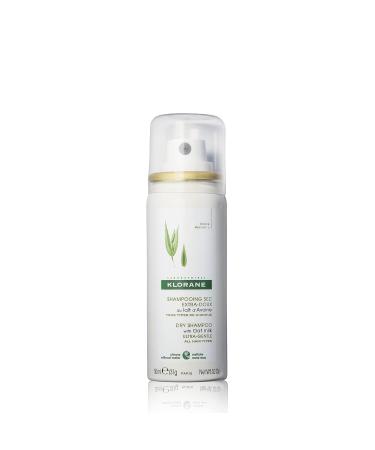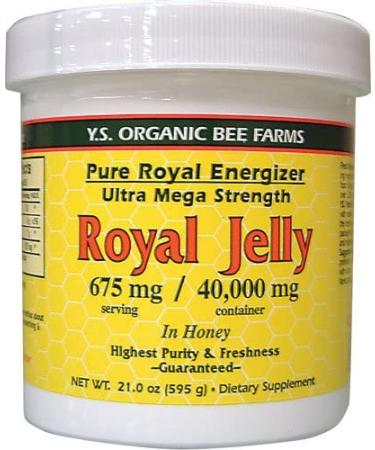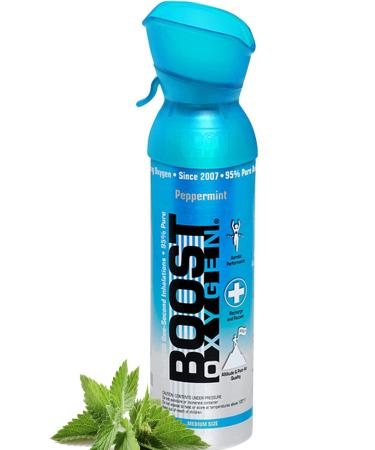Lemongrass is a popular herbal tea in Asia and is rapidly becoming a favourite in Europe. Lemongrass tea has a subtle crisp and refreshing taste making it a firm favourite with seasoned herbal tea drinkers. To make the perfect cup of lemongrass herbal tea start by boiling fresh filtered water, then pre-warm the cup or pot you are going to use to steep the herbal tea before adding to it a good heaped teaspoon per person - or more depending on the strength required. Then introduce the boiled water to the steeping pot before covering and leaving for at least minutes of 3 minutes, steep for as long as required. INGREDIENTS lemon grassHealth Disclaimer - All products are sold for culinary purposes only. We do not make any health benefit claims. Should the user intend to purchase the goods for health reasons, they should obtain detailed advice from a Doctor or other suitably qualified health professional. Allergen Information Packed on premises that handles nuts, seeds, cereals, soya & products containing gluten. Masala Cottage are passionate about ethical, healthy and natural products that have been responsibly sourced. A naturally caffeine-free tea made from the tall, lemongrass or Cymbopogon citratus it grows in warm and tropical climates. Lemon grass tea is generally considered safe and without side effects, although it should be avoided when pregnant. You can brew the tea by steeping one teaspoon in a cup of hot water for about 10 minutes, or until the tea becomes golden brown in color. Strain, add any desired sweetener and your tea is ready. Lemon grass is an excellent source of vitamins as well as micro and macro elements. It's full of vitamins A and C, folate, folic acid, magnesium, zinc, copper, iron, potassium, phosphorus, calcium and manganese. It also contains small traces of B vitamins. Lemon grass, also known as fever grass, is a perennial plant native to many Africa and Asia. It is grown for its fragrant leaves and stalks which are used as a flavoring. As the name implies, lemon grass smells like lemon; however, it has much sweeter and milder taste. This herb is often used in Asian cuisines as a flavoring agent because of its strong flavor.
















